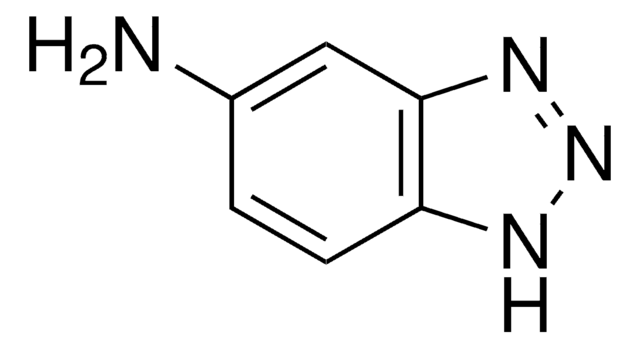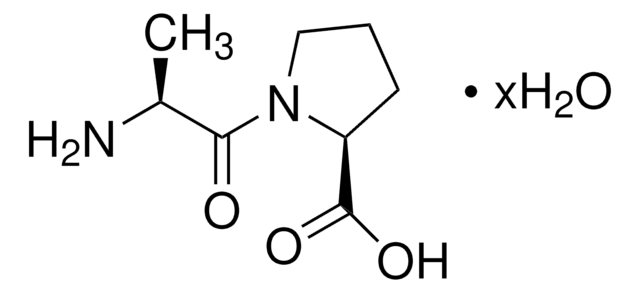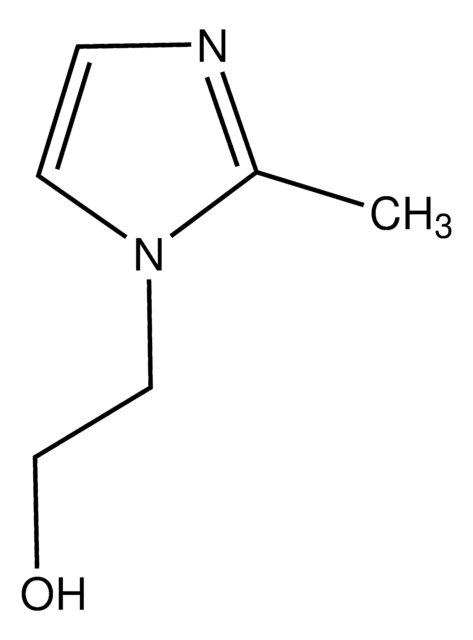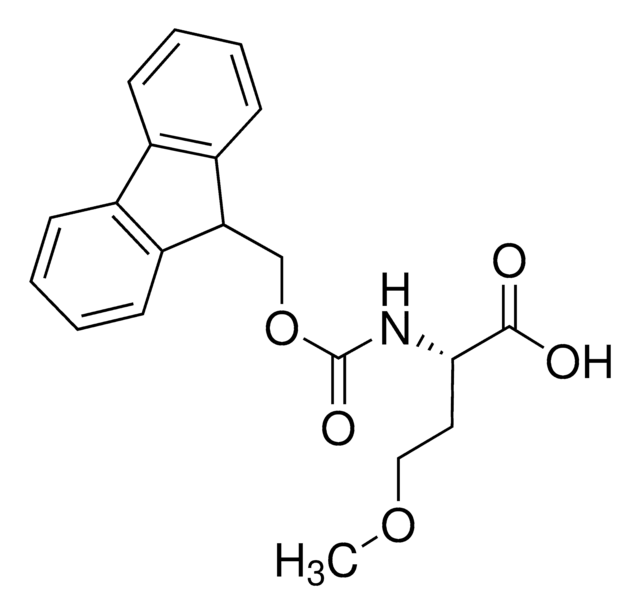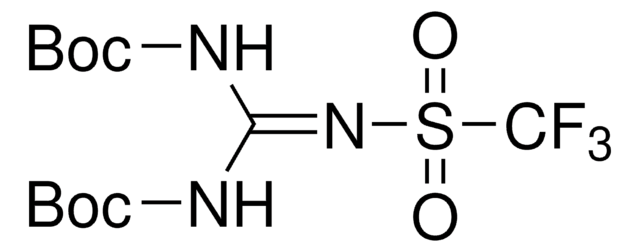All Photos(1)
About This Item
Empirical Formula (Hill Notation):
C8H12N4O3
CAS Number:
Molecular Weight:
212.21
MDL number:
UNSPSC Code:
12352200
PubChem Substance ID:
Recommended Products
storage temp.
−20°C
SMILES string
NC(Cc1cnc[nH]1)C(=O)NCC(O)=O
Biochem/physiol Actions
Histidylleucine (His-Leu); histidylglycine (His-Gly) and histidylserine (His-Ser) are N-terminal imidazole containing dipeptides used to study binding of metals such as copper, nickel and zinc.
Storage Class Code
11 - Combustible Solids
WGK
WGK 3
Flash Point(F)
Not applicable
Flash Point(C)
Not applicable
Choose from one of the most recent versions:
Certificates of Analysis (COA)
Lot/Batch Number
Don't see the Right Version?
If you require a particular version, you can look up a specific certificate by the Lot or Batch number.
Already Own This Product?
Find documentation for the products that you have recently purchased in the Document Library.
Anoja P Wickrama Arachchilage et al.
The Journal of chemical physics, 136(12), 124301-124301 (2012-04-03)
We have investigated the electronic structure of three cyclic dipeptides: cyclo(Histidyl-Glycyl) (cHisGly), cyclo(Tyrosyl-Prolyl) (cTyrPro), and cyclo(Phenylalanyl-Phenylalanyl) (cPhePhe) in the vapor phase, by means of photoemission spectroscopy and theoretical modeling. The last compound was evaporated from the solid linear dipeptide, but
Terézia Szabó-Plánka et al.
Inorganic chemistry, 41(13), 3483-3490 (2002-06-25)
Twelve ESR-active (and one inactive) copper(II) complexes of L-histidylglycine (HL) were characterized via their formation (micro)constants and ESR parameters obtained by two-dimensional ESR spectroscopic evaluation in aqueous solution. In strongly acidic media, the ligand is coordinated through its N-terminal donor
Brandon I Macdonald et al.
Rapid communications in mass spectrometry : RCM, 22(18), 2946-2954 (2008-08-30)
Pathways for proton transfer in the histidylglycine cation are examined in the gas-phase environment with the goal of understanding the mechanism by which protons may become mobile in proteins with basic amino acid residues. An extensive search of the potential
Brandon J Green et al.
Inorganic chemistry, 43(4), 1463-1471 (2004-02-18)
Self-decomposition of the nickel(III) doubly deprotonated peptide complex of Gly2HisGly occurs by base-assisted oxidation of the peptide. At < or =p[H+] 7.0, the major pathway is a four-electron oxidation (via 4 Ni(III) complexes) at the alpha carbon of the N-terminal
M A Hefford et al.
Biochimica et biophysica acta, 998(3), 267-270 (1989-10-19)
Secretin has a single histidine residue located at the amino terminus which plays a crucial role in its biological activity. The chemical properties, viz. pK and reactivity, of the alpha-amino and imidazole groups of this residue were determined at a
Our team of scientists has experience in all areas of research including Life Science, Material Science, Chemical Synthesis, Chromatography, Analytical and many others.
Contact Technical Service

